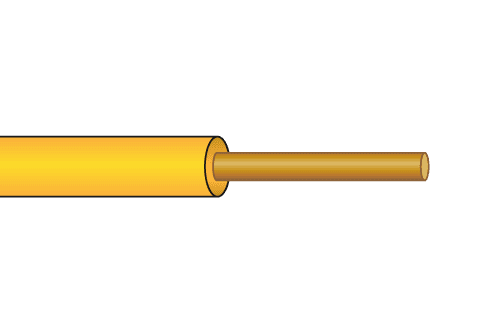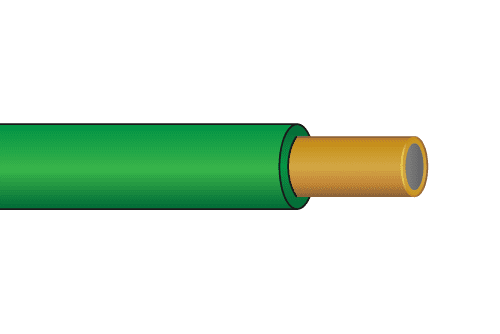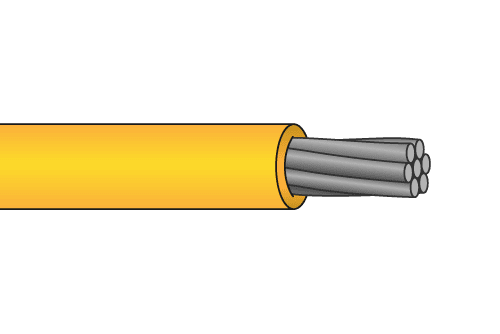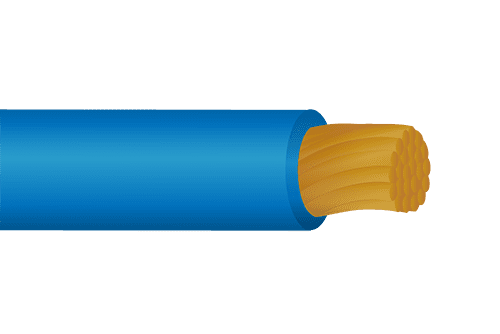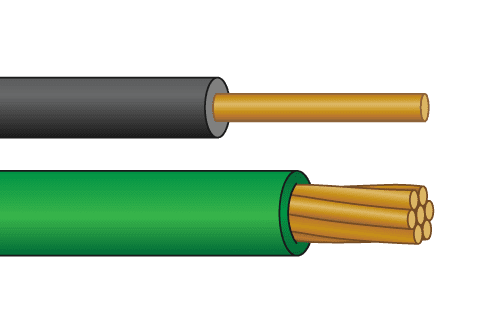Benjamin Franklin said it best when he quipped, “An ounce of prevention is worth a pound of cure.”
Franklin might not have been talking about underground utilities per se, but his words still carry a lot of weight. When utility companies install or repair buried utility lines, they rely on tracer wire as a safety net to protect them from accidents while digging.
Tracer wire, also known as locating wire, is a copper, copper clad, or stainless-steel conductor insulated with high-molecular-weight polyethylene (HMWPE), but high-density polyethylene is also available if requested. Following guidelines published by the American Public Works Association, this wire should only be buried with water and sewer.
Using the right color and type of tracer wire might not seem important, but it’s critical to prevent accidental damage from occurring to underground utilities during excavations, digs, or even while performing simple yard work.
If you’ve had the opportunity to look at the APWA’s tracer wire color guide, you likely noticed that each color is used for a different utility. Green is typically used to find utilities like:
Green tracer wire can also be used for grounding in solar and telecommunications applications.
Keep in mind that green tracer wire shouldn’t be confused with blue, which is only used to find potable (drinkable) water lines.
Like all tracer wires, we recommend installing it in the 3-6 PM position on the pipe. It’s also important to be consistent and always install the wire on the east or west side of the utility for easier locating. Workers should also tape the wire to the pipe or cable every 8-10 feet to prevent accidental damage to the wire while digging or backfilling.
Knowing where and how the locating wires are buried goes a long way toward accurately finding underground utilities. It’s also a valuable tool when dealing with non-metallic materials like clay, PVC, or other plastics.
Tracer wire serves a critical purpose for utilities.
If tracer wire wasn’t installed when the assets were buried, it could possibly lead to non-location of those assets in the future. Accidentally digging into those lines could result in costly repairs to sewer or wastewater lines.
There are several types of tracer wire, including solid copper, copper clad steel (CCS), and stainless steel. Each type is direct burial rated, meaning the wire is designed to last in even the harshest underground environments.
Locating wire insulation is made of high-molecular-weight polyethylene (HMWPE), giving it an abrasion, moisture, chemical, and crush resistant shell. It’s also rated for use in temperatures up to 75C in wet or dry conditions.
It should not be confused with THHN wire, which looks similar but is not rated for direct burial. Workers who mistakenly use this wire may not experience problems at first, but within a couple of years the insulation will wear down, exposing the copper wire to the soil around it. Eventually, the copper conductor will corrode and become undetectable.
When shopping for tracer wire, make sure to order the correct insulation for your needs. If the wire doesn’t have HMWPE insulation, it isn’t rated for direct burial.
With so many options available on the market today, it can be tough finding the best wire for the job. Kris-Tech has experts who can quickly guide you toward the related products and accessories your team needs to complete the next job safely the first time.
Make sure your next purchase is as smooth as possible. Check out our list of questions to ask yourself before placing a tracer wire order!
